Leonard Menchiari (RIOT: Civil Unrest, The Eternal Castle), is quickly becoming one of my favourite independent game auteurs. His work – regardless of who he is working with – has a kind of intensity and focus that is almost overwhelming and that makes it hard to tear your attention away from it. Even when a project of his belongs to a genre that’s not usually your thing (as was the case with The Eternal Castle for me), that raw, smouldering intensity is compelling. Menchiari’s newest project, for which he has teamed up with Wild Flying Hog (Shadow Warrior), is Trek To Yomi. It is, on the one hand, almost deceptively straightforward. On the other hand, it is a creative vision of extreme focus, and I don’t think I’ve played a game that flows quite as beautifully as this one.
One thing I do need to get out of the way from the outset, because I know there will be comments… there are going to be comparisons made between this and Ghost of Tsushima. Both games have a black-and-white aesthetic, and weave stories of samurai motivated by revenge. Those comparisons are ultimately superficial, however. Trek To Yomi doesn’t try to be an expansive open-world experience, and also, critically, it doesn’t come across as being desperate to be Japanese. The narrative and action is located in Japan, and the development team worked with a Japanese studio, Kakehashi Games (which had previously localised Shadow Warrior 3 into the Japanese market for Flying Hog Games), as well as historian and Edo period specialist, Aki Tabei Matsunaga, to make sure that they weren’t making any mistakes in how anything was depicted in the game, but the contrast between the two games is that Trek To Yomi isn’t anywhere near as forced about the setting. Where Ghost of Tsushima was clearly the developer’s best effort to make something that could only exist in Japan, and ultimately became quite on the nose about it, Trek To Yomi could be lifted and placed in another setting with minimal changes. This could have been a gunslinging western or a story about duelists in Italy or France, and all it would have taken was the aesthetics to be changed in kind. Ironically, because it isn’t trying too hard, it comes across as a more authentic experience, and as it turns, you can locate a game in Japan without needing to give players a confusing soup of every iconically Japanese experience you can think of.
Now, putting that comparison aside, Trek To Yomi is designed in a breathtaking way. The combat sections all play out in a 2D plane, but when you’re not fighting, you’re wandering around 3D renditions of cities and wildernesses. The intricate way that the game transitions you through buildings, across rooftops, into fields of rice and across bridges is incredibly cinematic and intricate. I went into this expecting a linear experience, and mechanically it is, but your journey through the world feels dynamic and expansive because of this technique that they’ve used. The world itself is such a character and adds so much context to the relatively spartan narrative simply because the developers have figured out a way to take a fundamentally 2D adventure and make you feel like you’re exploring entire cities and cave systems instead of being restricted to a single plane of movement.
Combat is absolutely deadly, and unsurprisingly, coming from the guy that gave us The Eternal Castle, it wants to be painfully, brutally unforgiving. There is a “story mode” difficulty setting that all but plays itself (I would have loved to be a fly on the wall when that meeting occurred with Menchiari, but I’m glad that Flying Wild Hog or Devolver Digital talked sense into him), and that is a great feature for people who will otherwise struggle to manage the combat. However, as much as I appreciate the inclusion, the real way to play Trek To Yomi comes after completing the game and unlocking “one-hit kills” mode.
Related reading: Our interview with Leonard Menchiari on the development and intent of this game.
It is in that mode that the game captures the magic of the samurai films of the black-and-white era. In those films, the focus was always on finishing a one-on-one fight with a single strike of the sword after a kind of “stand-off” filled with portent. In Trek To Yomi, enemies might come at you from different directions, but it will only ever be one active participant at a time, and you are encouraged, right from the opening moments, to be patient and respond to your opponent’s strikes, rather than be the one to go on the attack. At the higher levels, you’re going to have to make good use of parries, dodges, ranged weapons and combos to avoid damage while carefully wearing down your opponent’s defences. Meanwhile, what initially seems like a relatively thin line-up of enemies, who all behave in a similar way, eventually expands out into a fascinating and broad foes gallery that will keep you on your toes and encourage you to make the most of a nuanced range of abilities.
The action is very theatrical, too, with both the foreground and background setting the scene and, while it doesn’t have any mechanical impact on battles (typically), there’s a different texture to fighting on a log suspended above rapids, versus slicing through a field filled with bandits, versus battling in the shadows behind a screen. What’s particularly impressive is that all of these rules are applied equally to the boss battles, too. After spending so many hours dealing with the massive health bars and wars of attrition in Elden Ring, boss battles that allow you to take down brutally difficult enemies with a relatively small number of well-placed strikes makes for a refreshingly different way of looking at these set pieces.
The only downside to all of this is that Menchiari and Flying Wild Hog were, at times, willing to undermine the gameplay in the service of the atmosphere and theatrics. I ran into instances where the screen panned out so far that it was hard to read, much less time, parries and strikes. At other times, moving through darker places with black & white characters is just asking to lose bits of critical data. There was even one instance where a lightning strike managed to flash at just the wrong moment and as the screen cleared, that microsecond later, my character was collapsing to the ground with his foe standing over him. It is incredibly cinematic and high-impact stuff (and checkpoints are incredibly generous so that failure feels like it’s no great loss). I do, however, think that people who have a more purist attitude towards gameplay will find the frequent compromises in favour of the art to be irritating.
Trek To Yomi weaves a narrative of relatively few words, and the story is a relatively straightforward one of vengeance and guilt, but solid voice performances, and the worldbuilding itself, give it greater context. This is a dark game, and the title – Trek To Yomi – with “Yomi” being the world for the underworld in Japanese spirituality, should give you a sense of just how dark it goes. At the same time, there are subtleties and nuances that help to elevate it. The protagonist, Hiroki, carries a deep sense of grief, self-loathing, and anger. The main antagonist, Kagerou, is a bandit, and in any other game, he would be a mindless brute. Here, though, he’s a psychopathic warlord that takes no particular pleasure in killing, but is more than willing to slide a knife between the ribs of a child or his own parents if that will help him achieve his ambitions. It’s presented as something much more than checkbox heroes and villains, and it’s easy to hang on to every line of dialogue when it, much like the setting and flow of combat, is precise, theatrical, and intense.
Trek To Yomi is what happens when you’ve got a compelling creative vision, and build a game around it, rather than the other way around. Everything you see, sense and experience in this game contributes to the overall experience, with absolutely no fat or waste. It’s intense, dark, and unforgiving, but it’s also the kind of haunting experience that will stay with you for a long time to come. If Menchiari continues to work with the right developers and continues to deliver to this standard, he’s going to be remembered as one of the all-time great video game artists.
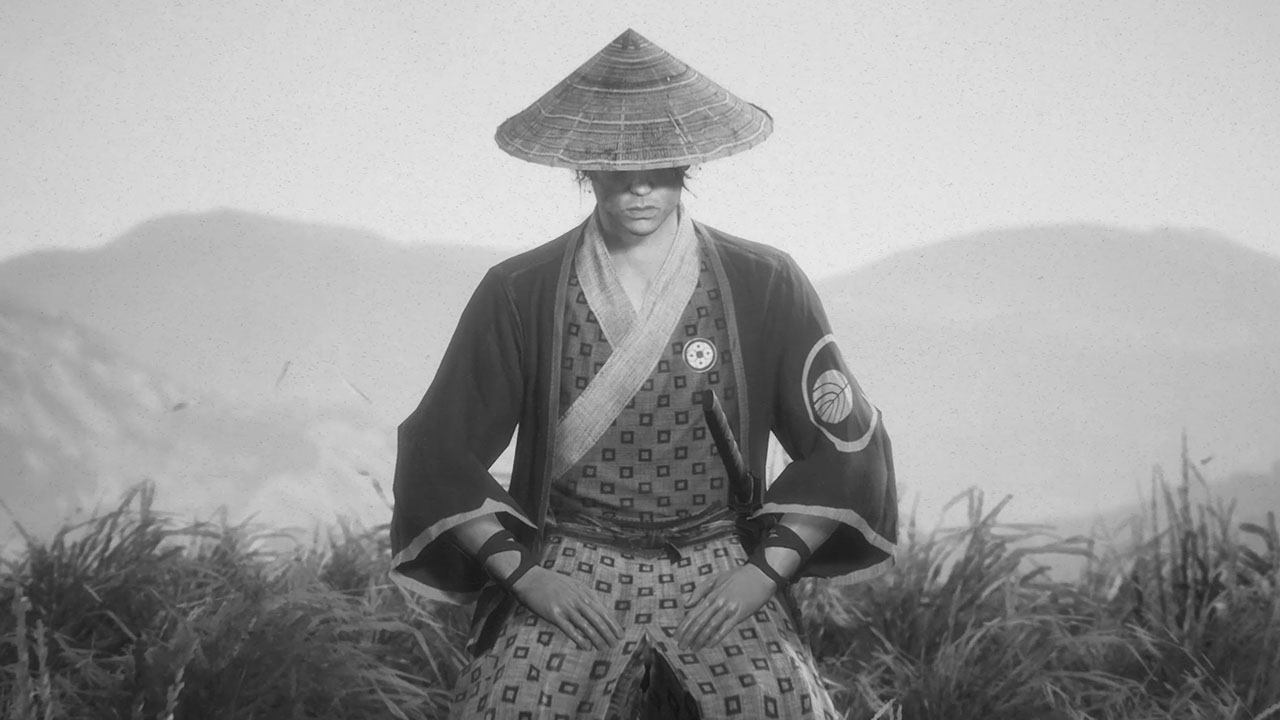

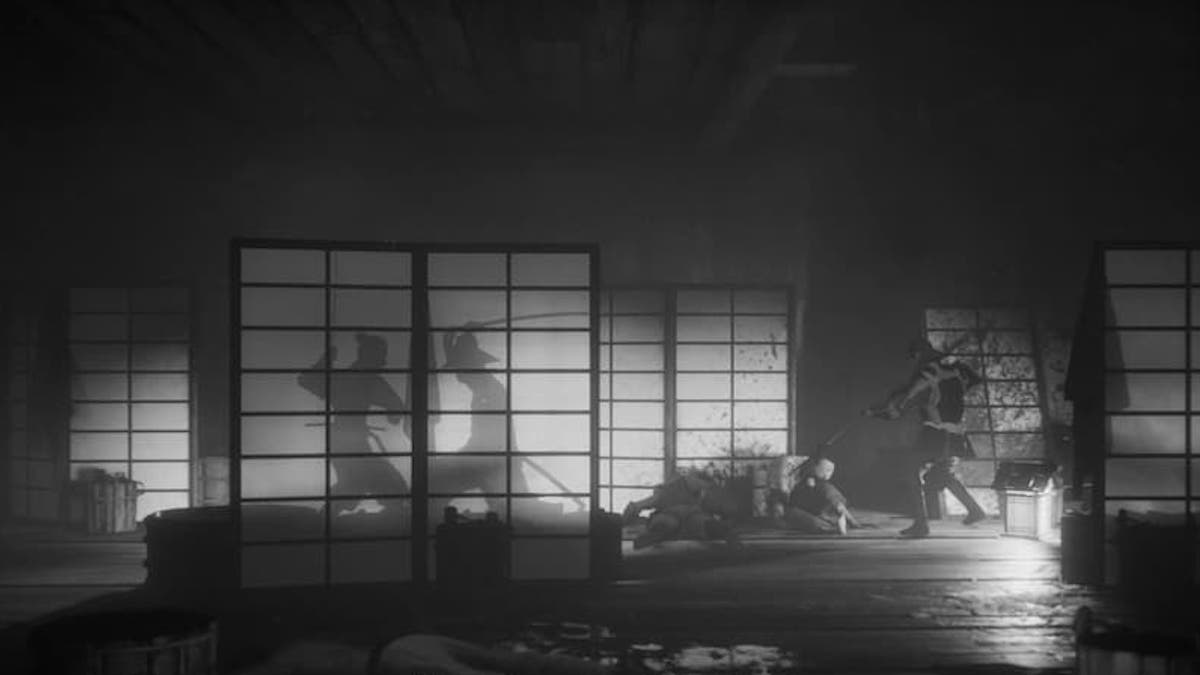
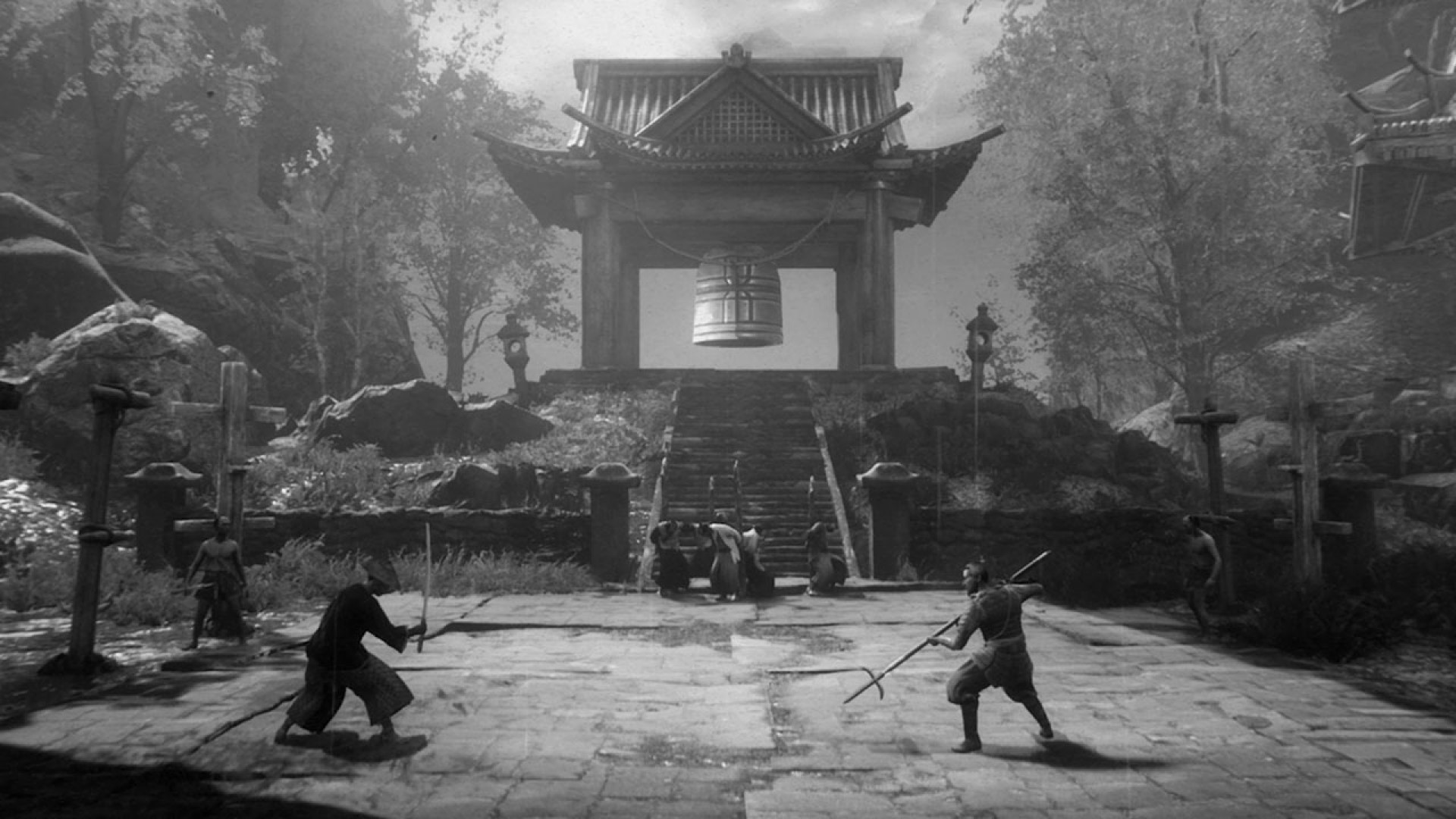

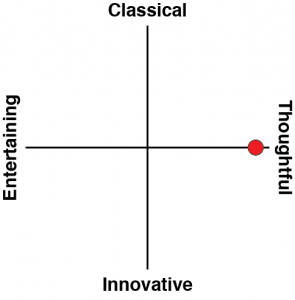



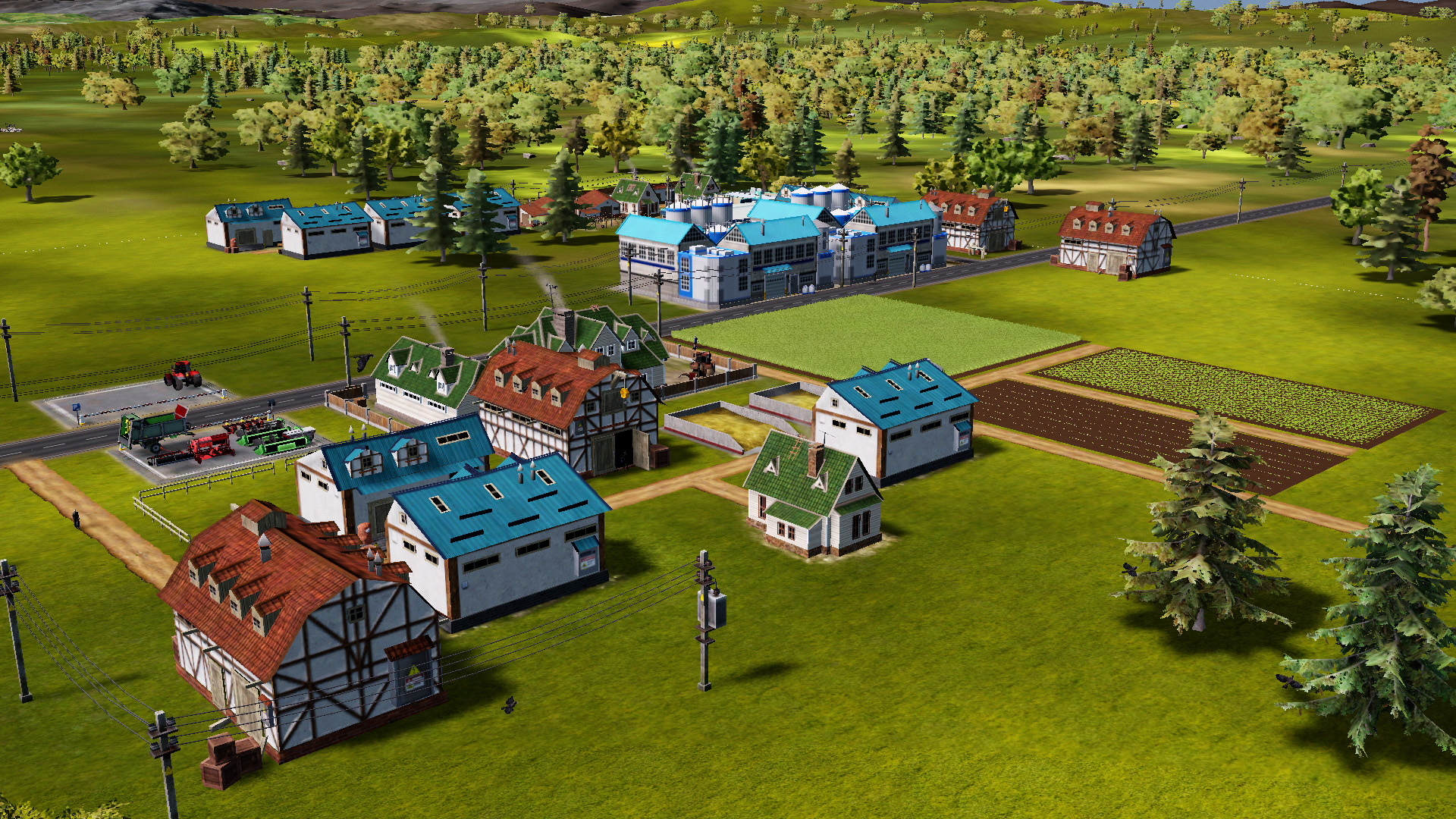


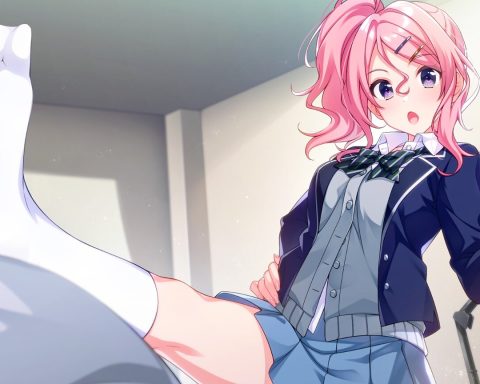
This game seems just marvelous. Have you seen the Kihachi Okamoto film The Sword of Doom? That’s what it reminds me of, judging by what I’ve seen and read. At least aesethicaly/tone-wise, if not the actual narrative.
I actually haven’t! I know of it and it has been on the list *forever*, but yeah, I’ve yet to see it.